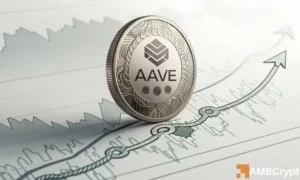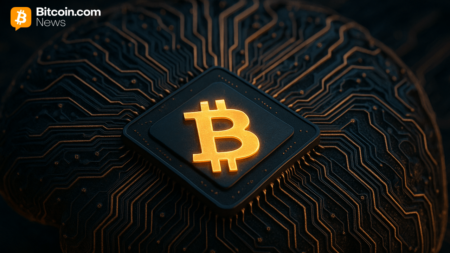The Future of Finance: Ripple’s Insights on the Blockchain Revolution
Recent findings in a report by Ripple, alongside CB Insights and the UK Centre for Blockchain Technologies, reveal a transformative shift in the banking sector towards blockchain technology. This shift is poised to unlock an astonishing $19 trillion in tokenized assets, representing a significant evolution in the financial landscape. This article explores the critical insights from the report and the implications for the future of global finance.
The Shift Towards Tokenization
As financial institutions adapt to the digital age, the adoption of blockchain technology is accelerating. Ripple’s report highlights how global banks are increasingly recognizing the benefits of tokenization, whereby physical assets can be converted into digital tokens on a blockchain. This transformation not only enhances efficiency but also allows for more liquidity and accessibility to various asset classes, fundamentally changing how assets are managed and traded.
The Financial Rail Revolution
The concept of "financial rails" refers to the underlying infrastructure that enables the movement of money and assets. According to the report, financial rails are already shifting to accommodate blockchain’s seamless and secure transactions. This evolution is crucial in addressing existing inefficiencies in traditional banking systems, paving the way for faster and cheaper cross-border transactions. Ripple’s network is at the forefront of this change, promoting the use of digital currencies in daily financial operations.
A $19 Trillion Opportunity
Ripple’s analysis suggests that as banks increasingly shift to blockchain, the market for tokenized assets could balloon to an unprecedented $19 trillion. This projection stems from the growing interest in digital securities, cryptocurrencies, and stablecoins. The report argues that institutions that embrace this change early will position themselves advantageously in a future where digital assets become the norm rather than the exception.
Challenges and Considerations
Despite the promising outlook, the transition to blockchain is not without challenges. Regulatory frameworks, security concerns, and the need for standardization are significant hurdles that financial institutions must navigate. The report emphasizes the importance of collaboration among banks, regulators, and technology providers to create a secure and compliant environment for the widespread adoption of blockchain.
Adoption of Central Bank Digital Currencies (CBDCs)
One key trend highlighted in the report is the burgeoning interest in Central Bank Digital Currencies (CBDCs). Over 80% of global central banks are exploring or piloting CBDC projects. Ripple’s insights suggest that the integration of CBDCs with existing blockchain solutions could further enhance efficiency, reduce costs, and broaden access to financial services. This development underscores a larger shift towards embracing digital currency as part of mainstream finance.
Conclusion: Embracing the Digital Future
The Ripple report serves as a wake-up call for financial institutions to embrace the revolution brought by blockchain technology. With $19 trillion in tokenized assets on the horizon, the banking sector is poised for unprecedented change. By adapting to this digital landscape, institutions will not only enhance their operational efficiencies but also cater to a growing demand for innovative financial solutions. As we navigate this transition, collaboration and a proactive approach will be essential in shaping a secure, efficient, and inclusive financial ecosystem.
In summary, as banks increasingly pivot towards blockchain, it becomes crucial for all players in the financial industry to understand and adapt to the impending changes. Whether through embracing tokenization, exploring CBDCs, or overcoming regulatory challenges, the future of finance lies in innovation and cooperation, making it an exciting time for the global economy.
















